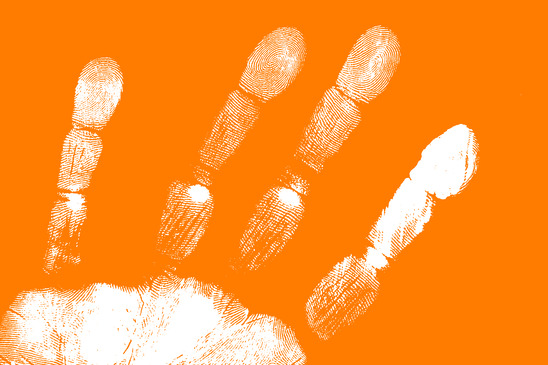One of the top questions we hear from clients, students of our workshops and training and brands of all sizes as it relates to fears of engaging in social media is…
“Do I have to share what I ate for breakfast, lunch and dinner?”
The simple answer to this question is NO!
The next set of questions we hear are as follows:
What do I talk about?
How much is too much?
What do I share?
When do I share it?
How do I share it?
What if my competition is watching me?
What if my boss is listening?
What if our board of directors is watching us?
Should I talk about my dog? My kids?
Should I tweet and Instagram pictures of my family? My vacations? My workouts?
The truth is that I can't answer each of these questions the same for every person. It depends on many factors such as who is your audience, what do they want from you? What do they need from you? What is your brand persona? How transparent are you and your organization?
If you take a look at the questions above, at the core we are asking “how much do I share of what with who?”
To understand this, and to help you answer the question, let's first dig into the definition of authenticity and transparency.
Authenticity
authentic — adj
1. not false or copied; genuine; real: an authentic antique.
2. having the origin supported by unquestionable evidence authenticated; verified: an authentic document ofo the Middle ages; an authentic work of the old master.
3. entitled to acceptance or belief because of agreement with known facts or experience; reliable; trustworthy
Transparency
transparency — adj
1. easily detected or seen thru.
2. readily understood.
3. characterized by visibility or accessibility of information, especially concerning business practices.
 Transparency is how much you share and authenticity is the truth of your words and actions.
Transparency is how much you share and authenticity is the truth of your words and actions.
The biggest mistake people make when it comes to building their social brand is blurring these two words. They may wind up holding back and never letting people really get to know or connect with them. On the flip side, they may do the opposite and share everything including where they eat, sleep, breathe and go 24 hours a day.
Many confuse transparency with authenticity and think that if they don't share the same thing with everyone then they are not authentic or real. This couldn't be further from the truth.
You are not a fake if you have different levels of transparency with different people.
The truth is you will and should have different relationships with different people. Relationships are human to human and should not be based on cookie cutter conversations or content frameworks.
As a result, it is natural for your level of transparency to differ based on the relationship you desire or have with individual people or groups of people, such as social media communities.
It is this uniqueness that makes relationships so special and unique. It's the type and varying level of information shared between two human beings that builds trust and enables us to nurture real relationships. Relationships that bring both personal and professional benefit.
Because we have unique relationship with each person, doesn't mean it's a fake or that we are not being authentic. We all connect in different ways. We are all inspired in different ways. We all establish and earn trust in different ways.
Watch this video to learn more:
Talk Human to Me Series

Subscribe to the series for updates and access to special videos, webinar training, worksheets and more. Would love to hear your input and have you participate in discussions and debates as we challenge each other to be more human from the inside out within our lives and business.
Additional Resources:
- Worksheet: Download our POST audience analysis worksheet to help you identify and prioritize your top audiences. It is based upon the Forrester POST methodology.
- Whitepaper: Download 15 Tips to Zoom Your Brand Whitepaper
- 13 Characteristics of Human Brands
- Social Brand Humanization: Authenticity vs Transparency
- Talk Human to Me: 20 Tips to Humanize Your Brand
- Are Your Employees Your Employees 24/7?
- Social Brands Can't Be Perfect Because Human Beings Aren't Perfect
- 10 Things You Must Know About Your Audience
- You Do Not Own Your Audience





